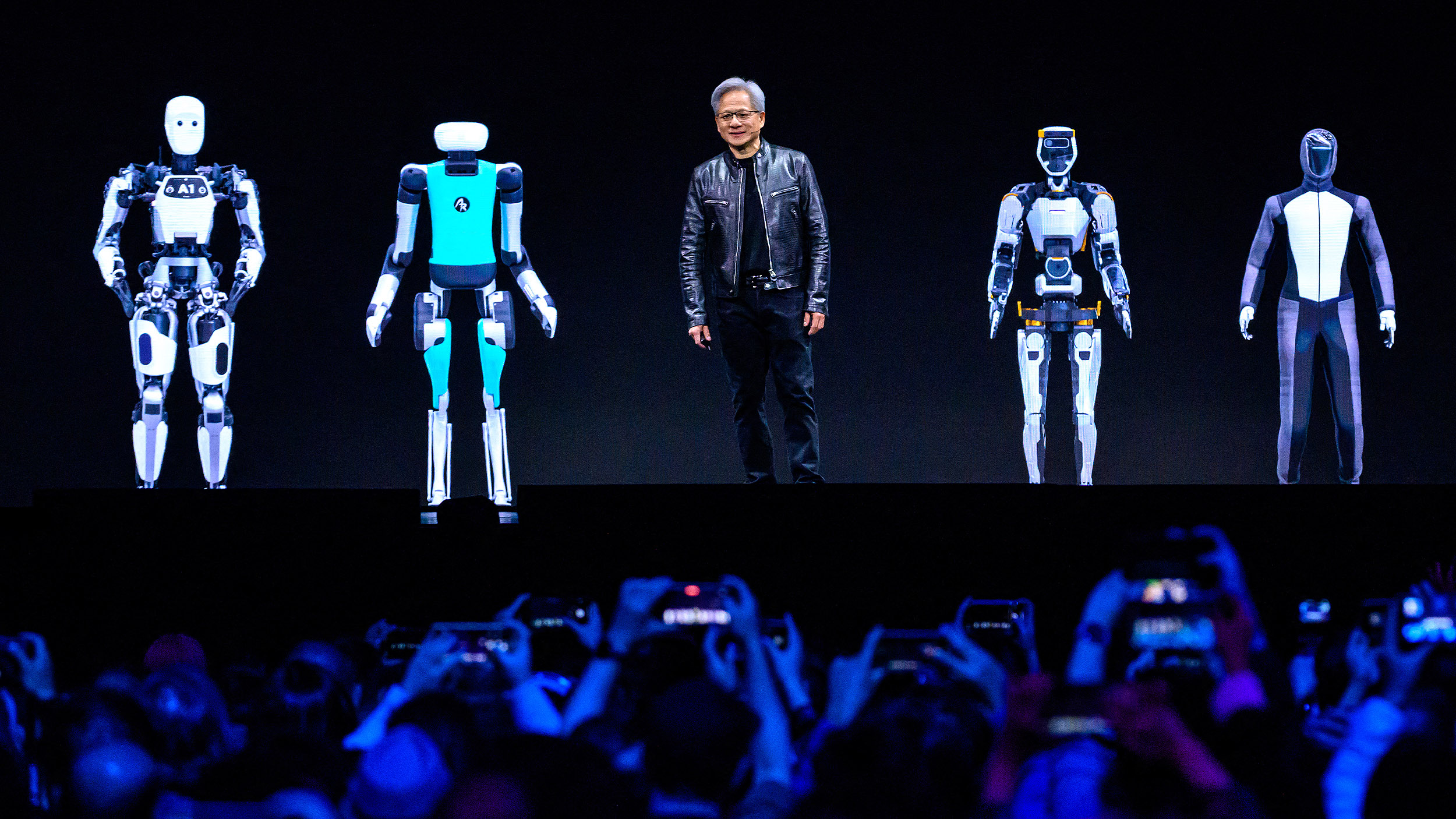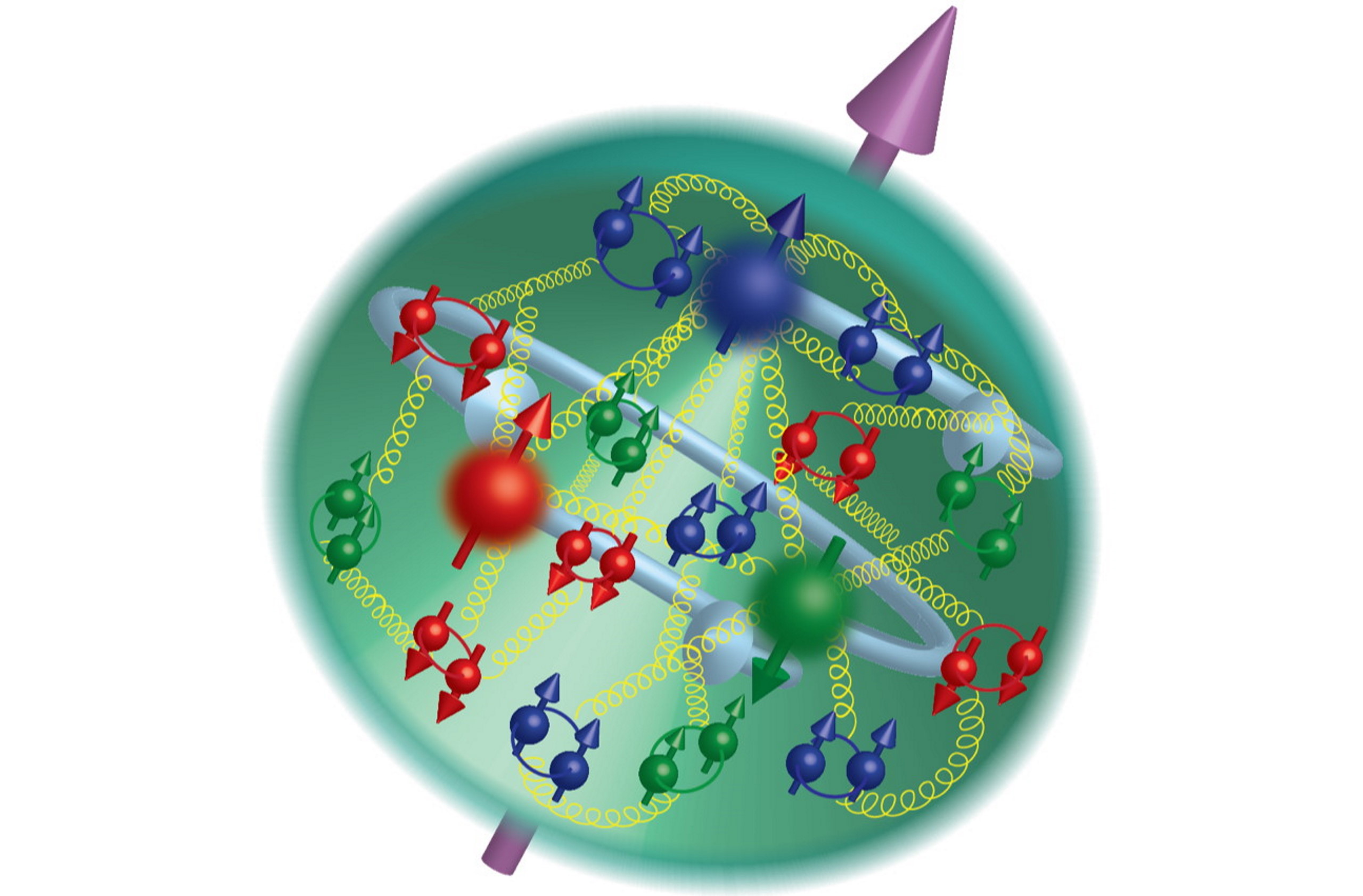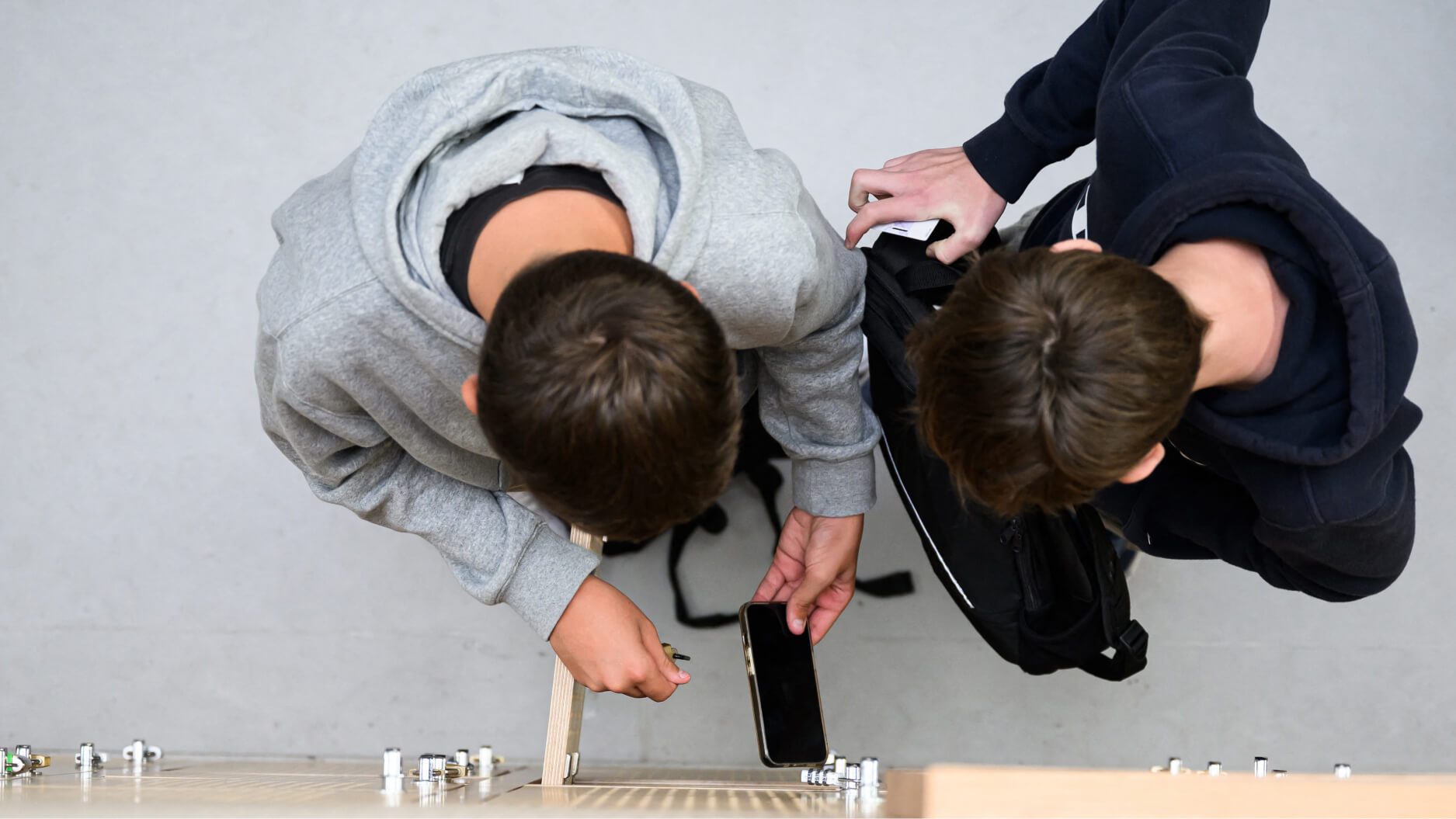Your computer will be an assistant that helps you through the day, will answer your questions before you ask them or even before you realize you have a question
Ray Kurzweil: If you really want to understand what's on a written page right now we need a human to read it. That's very slow. We will get, I believe technology very soon that can actually do a pretty good job of reading natural language documents. Watson shows that that's feasible. If you consider Watson was actually able to read Wikipedia and understand it well enough to play a game of this Jeopardy, which is a complex, subtle, ambiguous game of language and got a higher score than the best human players put together.
And its knowledge was not programmed fact by fact in Lisp or some computer language. It just read Wikipedia and other encyclopedias, 200 million pages of natural language documents and didn’t do a perfect job of understanding it and didn't do a perfect job of answering the questions but was better than the best human players put together from having read natural language documents. That’s very impressive.
That's coming to a search engine near you. There's major search engines like Google are not just going to be using keywords with synonyms, they're going to actually read for understanding the concepts 'cause if you think about searching there's a lot of information now that's ignored, which is the meaning of all these documents which is why they were created.
So if you can have a computer even do a job that's very mediocre compared to human but then can apply the scale of computation. I mean, Watson – if it read one page, it's not as good as you are, but it didn't read one page – it read 200 million pages. You and I can't begin to do that. Watson's out reading all medical literature, every medical journal article, every medical book, major medical blogs and will be an expert diagnostician and medical consultant that has read everything. No human can do that.
So that's where we're headed. Our search engines will actually also know us very well. We will let them listen in on conversations; verbal, written. They'll watch everything we're reading and writing and saying and hearing, and then they'll be like an assistant. It'll say, "Oh, you know, you were talking about how you can get the supplement phosphatidylcholine into the cells yesterday in that conversation with Joe. You know, there's research that came out 13 minutes ago that speaks to that."
It'll be an assistant that helps you through the day, will answer your questions before you ask them or even before you realize you have a question, and you'll just get used to this information popping up that you wanted and you'll be frustrated if you're thinking about something and it doesn't immediately pop up without you even having to ask for it. I'm not actually predicting that until 2029 that we will match human intelligence, but we can nonetheless do things that humans can't do. I mean, Watson, if it read one page, as I said, wouldn't be as strong as you or I, but it was able to read hundreds of millions of pages and it's ability to read each page is going to increase. So that's where we're headed. But then a comment on that is it's not an alien invasion of these intelligent machines to displace us. We will use them to make ourselves smarter, which is what we do today.
Directed/Produced by Jonathan Fowler, Elizabeth Rodd, and Dillon Fitton






